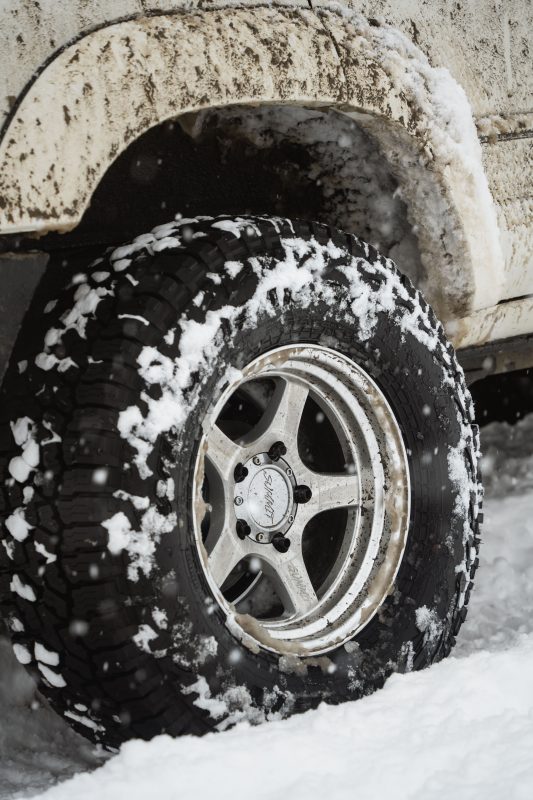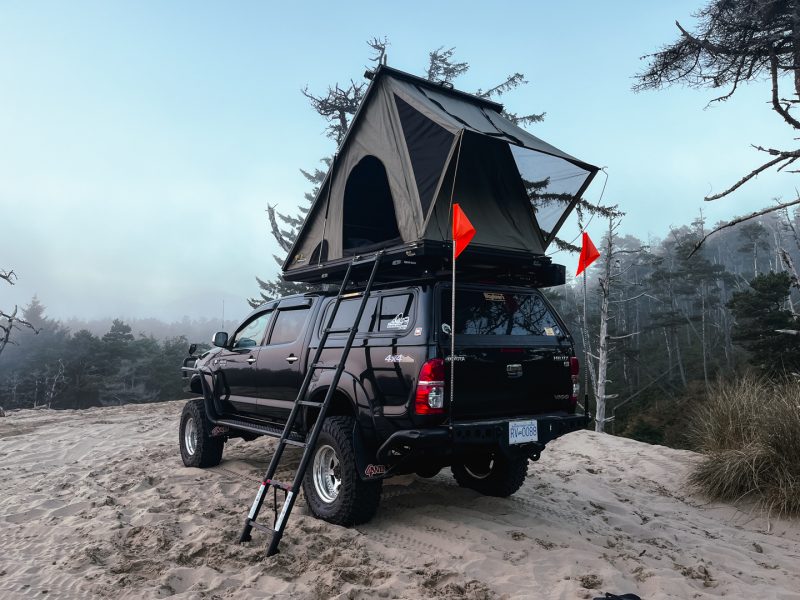Do you enjoy the rush of travelling off the main road in your car? Do you take pleasure in venturing to new locations and navigating challenges with your car? If so, you must install the proper tires on your car.
Off-road tires are different from regular tires. They were created specifically to manage difficult terrain, mud, rocks, sand, and other materials. They can also improve the performance and aesthetics of your car.

But how do you pick the best off-road tires for your needs when there are so many different types and brands on the market? What characteristics and advantages do off-road tires offer? How are they properly installed and maintained?
We’ve got you covered, so don’t worry. We will address all of these queries and more in this comprehensive guide. We’ll assist you in learning all there is to know about off-road tires and how to get the most use out of them.
So fasten your seatbelts and get ready for a wild journey!
These and other questions will be addressed in this comprehensive article. We’ll talk about the following subjects:
– The primary off-road tire types and their features
– Off-road tires’ characteristics and advantages
– What to think about when purchasing off-road tires
– The best practices for mounting and caring for off-road tires
You will know more about off-road tires and how to get the most use out of them by the end of this guide.

Off-Road Tire Types
Off road tires come in a wide variety, each with certain advantages and disadvantages. Here are a few of the most typical:
- All-Terrain Tires: These tires are adaptable and can be used for both on- and off-road travel. Over a variety of surfaces, including gravel, dirt, grass, and snow, they have a tread pattern that offers good traction. On paved roads, they ride fairly smoothly as well. Yet, in harsh environments like deep mud or sand, they might not function properly.
- Mud-Terrain Tires: These are sporty tires made for navigating muddy or slick roads. They have broad intervals between their huge tread blocks, which aid in digging into the mud and expelling it from the tire. Also, they have sidewalls that are strengthened to shield them from cuts and punctures. On paved roads, they can be noisy, and they deteriorate more quickly than other tire kinds.
- Sand Tires: These unique tires are designed specifically for use when driving over sand or dunes. On loose sand, their tread pattern, which resembles a paddle, aids in moving the vehicle ahead. Also, because of their low air pressure, they may adapt to the shape of the sand. Unfortunately, they are not appropriate for use whilst driving.
- Rock Crawler Tires: These are extreme tires designed for navigating obstacles or rocky terrain. They can grab pebbles and avoid slipping because of the rubber compound’s extreme flexibility. Large sidewall lugs on them also serve as additional protection against tearing or punctures. To operate them securely, though, takes a great deal of expertise and experience.
Off-road tires’ characteristics and advantages
When driving in difficult conditions, off-road tires have many advantages over ordinary tires. Here are a few examples:
Off-road tires have deeper treads, which improve traction by giving them more traction on slick or uneven ground. This reduces the risk of sliding or being mired in dirt or snow.
- More Ground Clearance: Compared to ordinary tires, off-road tires have bigger circumferences, increasing the height of your car above the ground. While driving over pebbles or bumps, this helps prevent damage your undercarriage.
- Increased Durability: Compared to ordinary tires, off-road tires feature thicker rubber compounds and stronger sidewalls, making them more resistant to damage from debris or harsh terrain.
- Improved Handling: Off-road tires can make your car handle better by making it more stable and quick to react when turning or stopping.
Factors to Consider before Purchasing Off-Road Tires
You should take into account a few elements that will influence your decision before purchasing any off-road tires for your vehicle:
- Your Vehicle Type: Depending on their weight, different vehicles require different off-road tire sizes and specifications.
- Your Driving Style: Your personal driving tastes and style must be taken into consideration while selecting off-road tires. Consider using all-terrain tires, which strike a compromise between performance and comfort, if you primarily travel on paved roads and just sometimes go off-road. Contrarily, mud-terrain tires, which provide higher traction and durability, may be the better choice if you frequently travel on unpaved roads and enjoy an active lifestyle.
- Your Budget: The cost of off-road tires varies depending on their brand, quality, and features. For your off-road tires, you should establish a reasonable budget and assess the various possibilities that fall within it. The cost of off-road tires’ installation and upkeep must also be taken into account.
Installing and Caring for Off-Road Tires: Tips and Techniques
Once you have purchased off-road tires, you must correctly install them and maintain them to guarantee their optimum performance and durability. Here are some pointers for mounting and caring for your off-road tires:
– Check Your Tire Pressure: You should regularly check your tire pressure and adjust it to suit the conditions of the road or the manufacturer’s recommendations. The handling, fuel economy, and tire life of your vehicle can all be impacted by under- or over-inflated tires.
– Rotate the Tires: Your mechanic may recommend that you rotate your tires every 6,000 miles. This prolongs the life of the tires and helps to uniformly distribute wear among all four of them.
– Balance the Tires: Your tires need to be balanced each time you rotate them or if you feel any vibration or wobbling while driving. This lessens the likelihood of uneven tire and suspension system wear and tear.
– Align the Wheels: You should align your wheels once every year or if you experience tugging or drifting while driving. This contributes to making sure that your wheels are perpendicular to the ground and parallel to each other, which enhances the steering, handling, and tire life of your car.
– Clean the Tires: You should frequently wash your tires with soap and water or a tire cleaner product. This helps clear away any dirt, mud, or debris that could harm the rubber compound or tread design of your tire.
Conclusion
Anyone who enjoys driving in difficult situations should consider investing in some off-road tires. They can increase the performance, safety, and aesthetics of your car while increasing your enjoyment and excitement when driving.
Yet, due to the variety of available styles and characteristics, selecting the best off-road tires can be challenging. That’s why we wrote this comprehensive guide to support your decision-making.
We hope that this article has given you additional knowledge about off-road tires and how to select and install them and properly care for them. It’s time for you now to confidently hit the trails! ????
